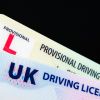It’s an issue highlighted in the latest RAC Report on Motoring, where 44% of 17–24-year-old drivers list it as their top concern. Figures from the Association of British Insurers (ABI) show that nine-in-10 drivers have seen their premiums rise in the past year.
So what can you do about it? Well, the most effective way of reducing your insurance premiums - particularly as a young driver - is to choose the right car. Insurance groups are decided by the ABI, and cars in the lowest groups are generally the cheapest to insure.
Cars in low insurance groups tend to be small, affordable and have low-powered engines - though that isn’t always the case as a couple of surprises in this list reveal.
Also consider where you live as a factor for insurance costs, and where you park your car - parking it in a garage instead of on the street can lower your premium - while you can also fit extra car security equipment to help prevent or deter thefts.
Our list of the cheapest new cars to insure in 2025 is based on the car’s quoted insurance groups. There are designed as a guide, and insurance costs can vary depending on your individual circumstances. Why not get a quote via RAC Insurance?
Cheapest cars to insure 2025: the shortlist
- Hyundai i10
- Volkswagen Polo
- Skoda Fabia
- Kia Picanto
- Toyota Aygo X
- VW Caddy
- Fiat 500
- Dacia Sandero
- Renault Clio
- Seat Arona
Cheapest cars to insure: the top 10

1: Hyundai i10
- Insurance Group 1 (1.0 auto)
The excellent Hyundai i10 is one of the last city cars on sale, surviving the exodus of the last few years that’s seen rivals such as the Volkswagen Up and Citroen C1 sent to retirement. It’s compact but surprisingly spacious and gets a decent amount of standard kit in Advance or Premium trim. The i10 is also quite good fun to drive in most forms, although perhaps not with the version you’ll need to get the cheapest insurance.
Only the 63hp 1.0-litre three-cylinder model with the five-speed automated manual gearbox sits in insurance group 1 – it’s not the smoothest gearbox around and 0-62mph takes a glacial 18.4 seconds. We’d recommend stepping up to the noticeably quicker manual model if you can, which still sits in a lowly group 2.
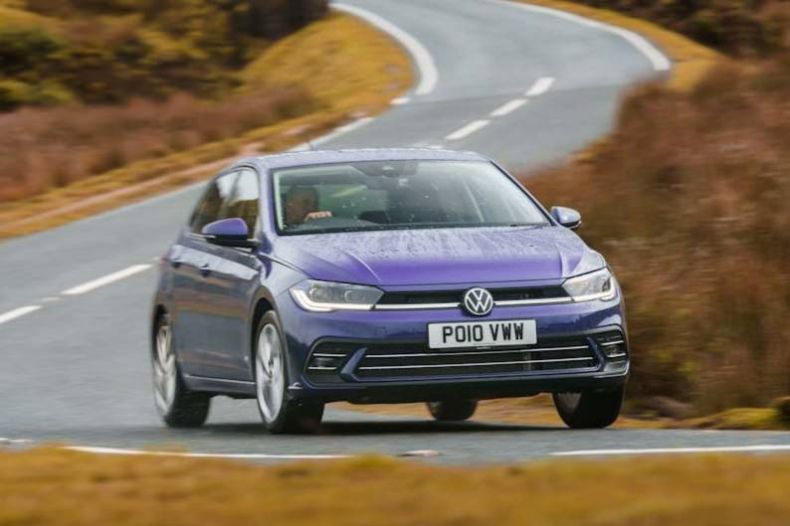
2: Volkswagen Polo
- Insurance group 3 (1.0 Life)
With the Ford Fiesta axed in 2023, the Volkswagen Polo takes the reigns at the truly venerable small car. It’s been on sale for nearly 50 years, and today’s version is impressively grown-up thanks to its high-quality interior and refined road manners.
Despite its big-car feel, with the entry-level 1.0-litre three-cylinder ‘Evo’ engine in Life trim it’s the second cheapest car to insure on this list. Sure, with a modest 80hp on tap 0-62mph takes 15.5 seconds, but its performance is ample for pottering about and it’s not hopeless on the motorway. Part of the Polo’s low insurance rating is its excellent safety, scoring the maximum five stars in Euro NCAP tests.
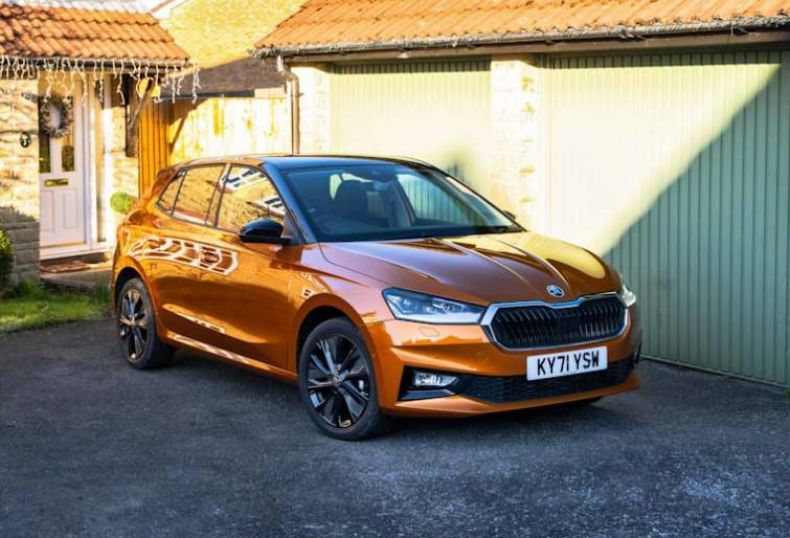
3: Skoda Fabia
- Insurance group 4 (1.0 MPI)
Can’t quite stretch your budget to the VW Polo? The Skoda Fabia is the next best thing. Being part of the VW Group means it’s closely related under the skin and features the same 80hp engine, while offering a surprising amount of interior space and Skoda’s famed ‘Simply Clever’ design touches.
The cheapest-to-insure Fabia could be a little pricier than the VW, sitting in group 4 – we suspect that, despite also having a five-star Euro NCAP rating, the Skoda’s slightly lower occupant protection score is to blame. Still, you can choose from SE Edition or Design Edition trims with the same grouping, which is a bonus.
RAC Online Car Insurance
Save on your car insurance with our online self-serve policy. Rated ‘Excellent’ on Trustpilot.


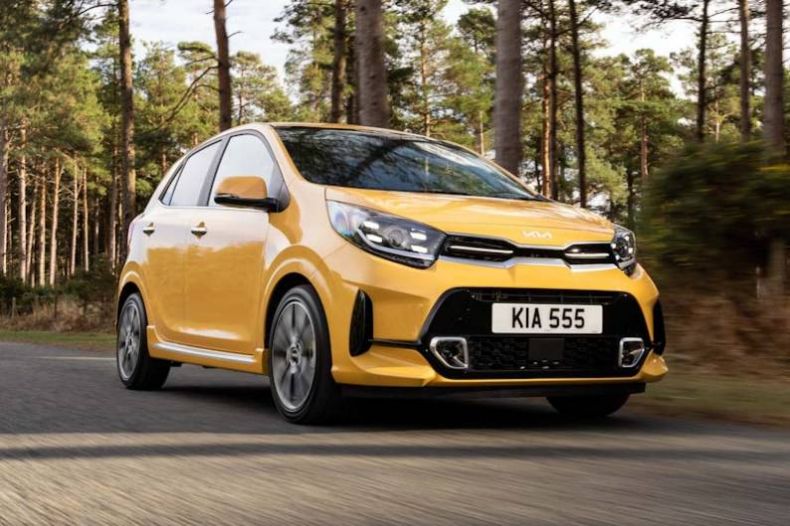
4: Kia Picanto
- Insurance group 4 (1.0 DPi 2)
You can think of the Kia Picanto as the Hyundai i10’s more aggressively styled cousin. And clearly the ABI recognises that sportier, more youthful appeal, putting it a few groups ahead despite both cars sharing many parts.
Fortunately, you don’t need to slum it with the automated manual gearbox to get the lowest insurance group – both manual and auto Picantos sit in group 4 in base ‘2’ trim. You get affordable list prices, plenty of technology and Kia’s seven-year warranty, although its three-star Euro NCAP rating is a bit lacklustre.
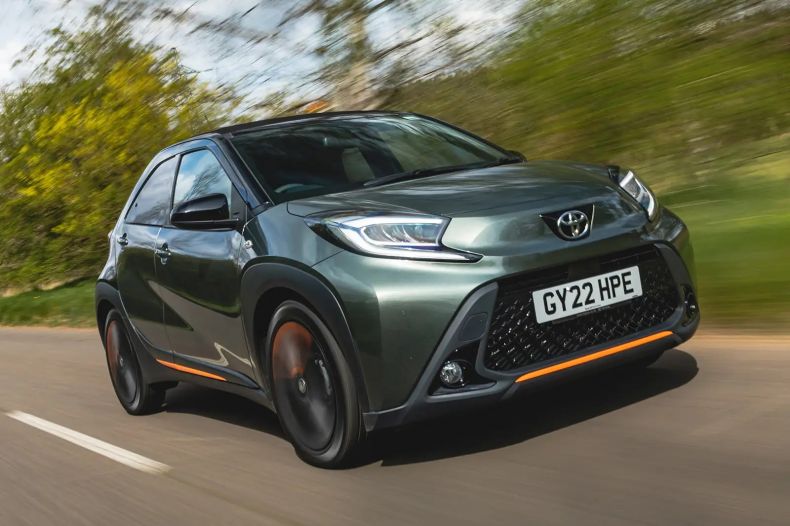
5: Toyota Aygo X
- Insurance group 5 (1.0 Pure)
The Toyota Aygo is another firm favourite with young or new drivers, being cheap to buy and run yet fun and funky. For the latest generation Toyota slapped an X on the end of its name and gave it a bulked-up, mini-SUV makeover.
Don’t worry, though: it’s still a city car in size, price and running costs. The Aygo X also has good tech levels, is safer than many rivals and drives well, although it’s tight for passengers in the back. You’ll need entry-level Pure trim for the cheapest insurance, but you still get big car kit like adaptive cruise control and a reversing camera.

6: Volkswagen Caddy MPV
- Insurance group 8 (1.5 TSI in standard trim)
Now here’s a surprise: You’d be expecting every cheap-to-insure new car to be small and low-powered. But the generously proportioned Volkswagen Caddy slips into this list comfortably. Perhaps that’s because a van-based MPV is not exactly dripping with cool for the kind of younger drivers that push up insurance premiums.
It might be effectively a commercial vehicle underneath, but the Caddy offers plenty to like including a comfortable drive, a five-star Euro NCAP rating and loads of space for passengers and luggage alike. You can even have it with seven seats if you so choose. You’ll need the most basic trim with the 115hp 1.5 TSI petrol engine to get the lowest insurance group, but the diesel is only one group higher.

7: Fiat 500
- Insurance Group 10 (standard version)
The word ‘icon’ can be overused, but the Fiat 500 absolutely deserves the reference. Its retro design, quite faithful to the 1957 original, has earnt it serious popularity – so much so that today’s model has been on sale since 2007 with only minimal changes.
It’s still a style statement today, but that age does mean it feels dated to sit in and drive, while only your smallest mates will be able to squeeze into the back. It’s only available with a 1.0-litre three cylinder engine mated to a mild hybrid system, so while it isn’t especially fast it is very economical. Its expired Euro NCAP safety rating contributes to it having a higher insurance group than its city car rivals.
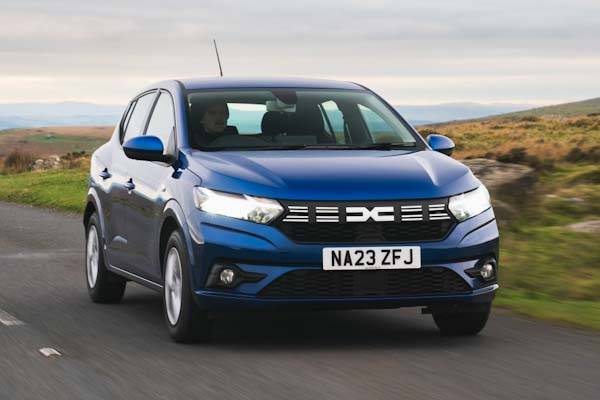
8: Dacia Sandero
- Insurance group 10 (0.9 TCe Essential)
The back-to-basics Sandero used to be Britain’s cheapest new car, but as Dacia has deleted cheaper variants and improved quality the price has crept up beyond cars like the Kia Picanto. It’ll hardly break the bank, though, and the Dacia has a lot more space inside.
It’s also more powerful, with even the cheapest versions getting a 90hp turbocharged petrol engine for a more effortless motorway driving experience, along with a comfortable ride. Only a disappointing two-star Euro NCAP rating lets it down due to sub-par safety assist tech - though it's worth noting that the required tech has been added on models sold from early 2024 to ensure better safety performance.

9: Renault Clio
- Insurance group 10 (0.9 TCe Evolution)
Although the Sandero (above) and this Clio share the same platform and engine as Renault's own Dacia, you’d be hard pressed to notice inside and out. The Renault’s stylish design and classy interior would increase its desirability in the eyes of insurers, right? Not so, because it has the same insurance group rating as the Dacia.
There’s no doubt that the safety rating plays a part here: The Clio gets an impressive five-star rating thanks to much higher occupant protection and standard safety assist tech. It’s also good to drive – an excellent all-rounder that’s cheap to insure.
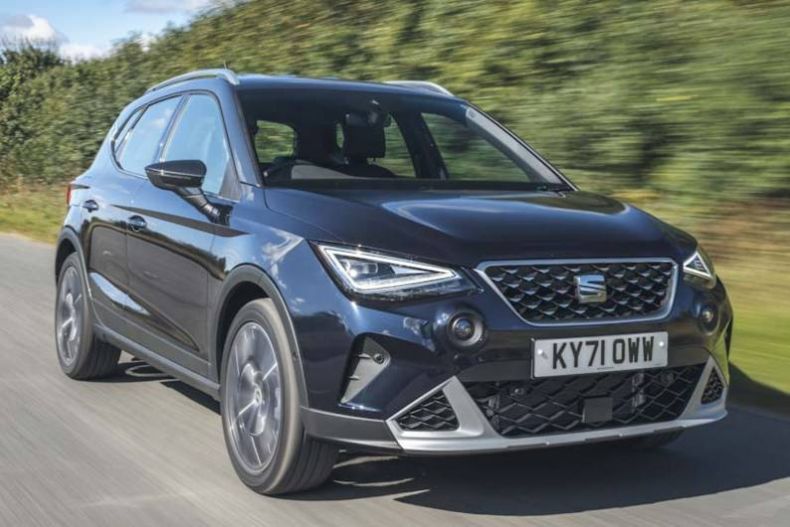
10: SEAT Arona
- Insurance group 10 (1.0 TSI SE Edition)
The Arona is an unusual car in this list. Not only because it’s a small SUV and most others are hatchbacks, but it actually sits in a lower insurance group than the related SEAT Ibiza. That’s despite it being larger and more expensive.
Both cars have the same five-star Euro NCAP rating, so perhaps it’s simply bought by safer drivers? Anyway, the Arona is a solid all-rounder that’s good to drive, well-equipped and decently roomy. The entry-level SE Edition with the 1.0 TSI turbo petrol engine is the cheapest to insure – and its performance is noticeably perkier than its non-turbo city car rivals.
- Electric car insurance - is it cheaper?
- Student car insurance guide - all you need to know
- How to reduce new-driver can insurance costs
Cheapest cars to insure FAQs
What makes a car cheap to insure?
The biggest factor that makes a car cheap to insure is its performance. Generally, a car with a large, powerful engine has a higher insurance premium than one with a small engine and more modest performance. Insurers deem high performance cars more likely to be involved in a collision at a higher speed, and more expensive to repair or replace alongside that.
Other factors that make a car cheaper to insure is a good crash safety rating, a low purchase cost and a lack of popularity with thieves.
Which type of car is cheapest to insure?
In the UK, the cheapest cars to insure tend to be small, affordable hatchbacks with low-powered engines. However, some larger cars can be cheap to insure depending on their desirability, performance, cost of repair and safety rating.
What is the cheapest car to insure in the UK?
The cheapest new car to insure in the UK is the Hyundai i10. Affordable both to buy and run, the i10 sits in insurance group 1 or 2 depending on the version, engine and gearbox.
Learner Driver Car Insurance
Only pay for the cover you need until you’ve passed your test. Get learner driver insurance so you can practice outside of your lessons.











